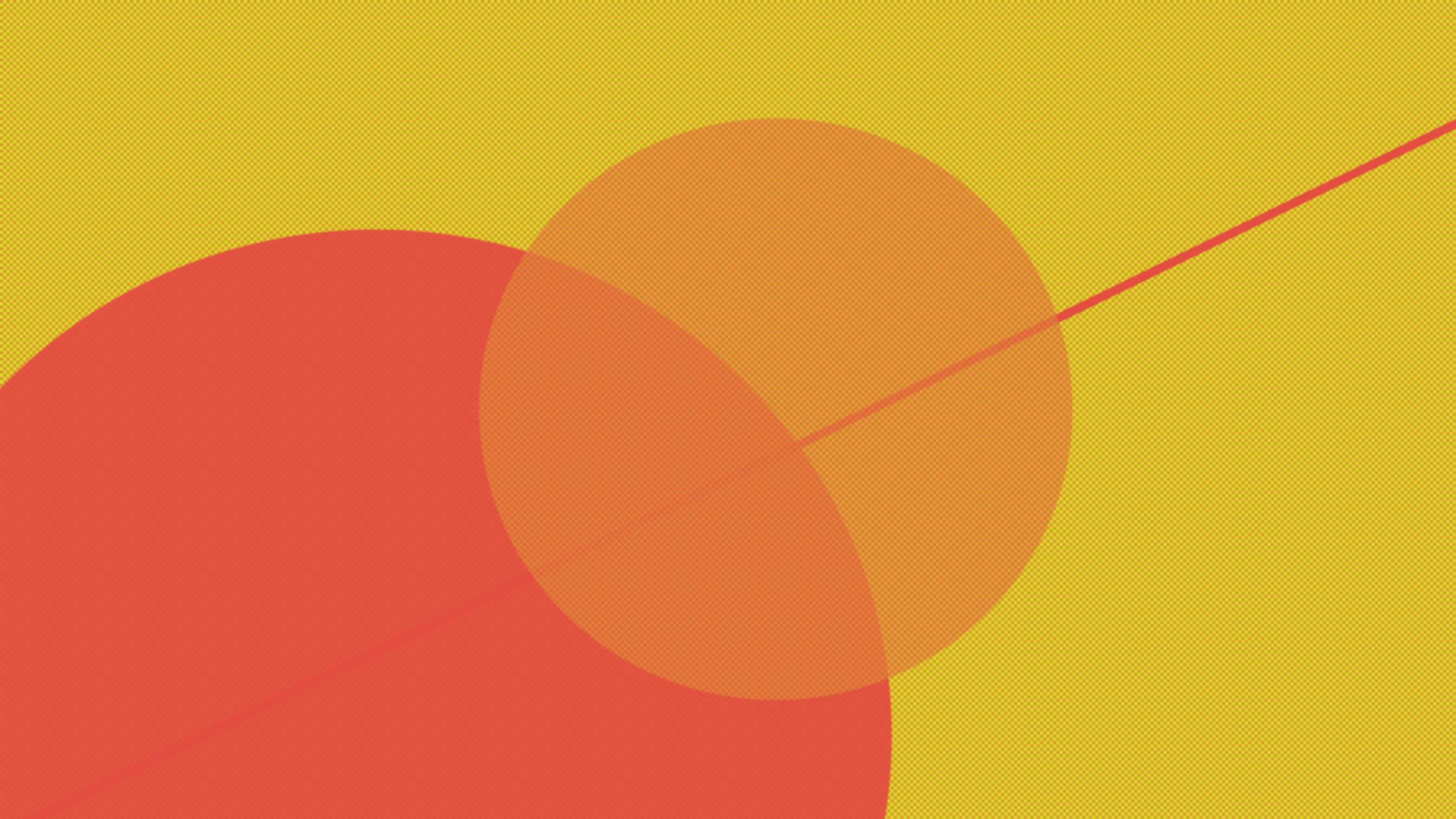SEED 2016: Welcome to Chicago!
Last week over 400 synthetic biologists gathered in Chicago to discuss the latest research in the field. Three and half days of presentations covered a wide range of synthetic biology, so we’ll be splitting our recap and analysis into three themed posts. This first post focuses on Chicago, the host city for SEED 2016, and its area’s researchers. I was excited to visit Chicago for the synthetic biology, the tourist attractions, and, you know, the pokemon.
https://twitter.com/AaronJDy/status/755012153313144832
All of the talks and poster sessions took place in the Hilton Chicago directly across from Grant Park and just down the road from landmarks like Millenium Park or the Art Institute of Chicago. The Grand Ballroom really was quite grand and it got noticed by attendees in the room and on Twitter.
Michael Jewett of Northwestern University and Emily Leproust of Twist Bioscience co-chaired the organizing committee. In the opening session, Jewett welcomed attendees to Chicago. Beyond Michael Jewett as chair, Northwestern had a large presence at the event: 4 speakers, 26 poster presentations, the young investigator award, 2/5 poster awards, and a gold level sponsorship. As the synthetic biology field grows, more hubs of research and collaboration are taking shape. With matching purple shirts and such a large crew, it was hard not to notice the level of excitement around Northwestern synthetic biology.
Northwestern officially launched its new Center for Synthetic for Synthetic Biology in March. Since then they’ve announced the arrivals of two new synbio faculty, Danielle Tullman Ercek from University from California at Berkeley and Julius Lucks from Cornell University. Both of these new faculty spoke at SEED and Julius was awarded the 2016 ACS Synthetic Biology Young Investigator Award.
In his award lecture, Julius took us through his work to understand how RNA molecules decide to fold while being transcribed. While there are good algorithms for RNA structures, he said there are still major limitations in understanding non-canonical basepairing and dynamics of RNA structures.
The shape changes during transcription can encode functional information and his group’s technique, SHAPE-seq, tries to get at the structure-function dynamics of RNA regulators. One challenge is that transcription is an extremely fast process (see the 3D animation) and RNA folding is also fast, but no one knew the relative dynamics. SHAPE-seq uses sequencing information to look at which parts of the RNA are basepaired and which are free. By putting this information with the length of the RNA being sequenced, Lucks was able to determine how RNA structure changed as it grew longer.
Among the other speakers from Northwestern, a graduate student named Jessica Stark presented on cell-free production that includes glycosylation that could allow for production of important therapeutic proteins, Keith Tyo showed how small evolutionary steps can make a cystatin sensor possible by providing a path for the receptor to evolve the designed function, and on the final day Danielle Tullman-Ercek showed us strategies for getting new biomaterials with protein secreted from bacteria using “protein needles”.
I got to ask Michael Jewett a bit about organizing SEED and the excitement around synthetic biology at Northwestern. He also liked Karmella’s tweet and thought the “classic and elegant ballroom” gave a spectacular juxtaposition with the new technology being presented. He said that the idea of the center is old, but the timing just really came together.
“One of the major strengths of the Center is that we have grown in a organic and patchwork sort of way. This has allowed us to create a vibrant community of innovation where we can focus on impactful research at the intersection of disciplines.” ~Michael Jewett
It was great to see all of the synthetic biology from around the world and we’ll be putting up a couple more posts on themes that stood out from the presentations at SEED 2016. Aside from some complaints about lack of wifi, Chicago was a great venue for SEED and I came away really impressed with the growing synbio community at Northwestern. Plus I did find some good pokemon. One even appeared in the ballroom.

Next year SEED 2017 will be in Vancouver Canada and I’m sure we’ll get a closer look at another great city and region of synthetic biology research. Stay tuned for more posts on the other great work on display at SEED 2016.
